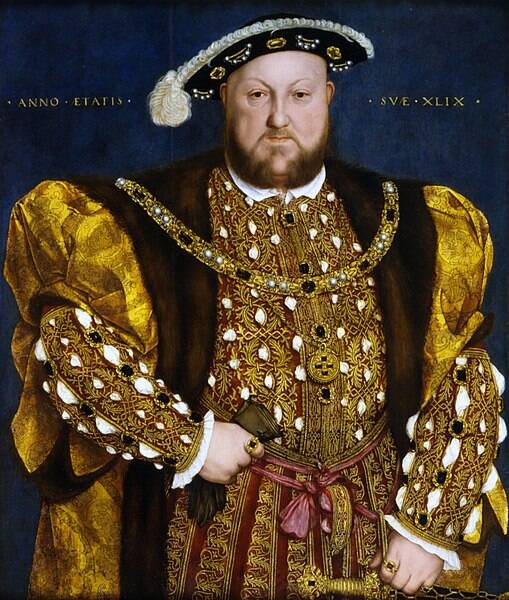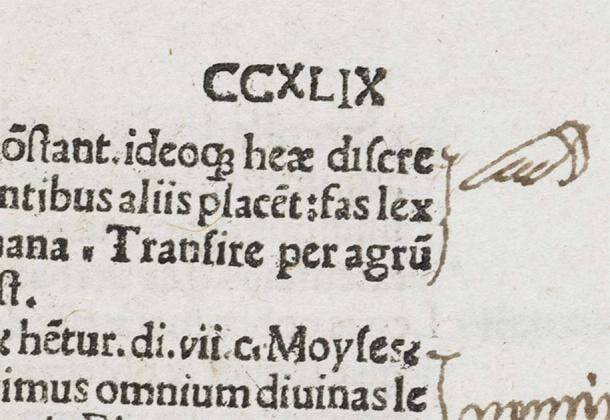Infamous English monarch Henry VIII drew doodles highlighting dark and depressive passages in his prayer book, leading scholars to believe he struggled with anxiety and religious guilt in the years leading up to his death.

Public DomainPortrait of Henry VIII of England by Hans Holbein the Younger c. 1540.
Best known for marrying six times, beheading some of those wives, and breaking England away from the Catholic Church during his reign in the 16th century, Henry VIII of England is generally viewed as an egotistical and tyrannical ruler. Now, however, a series of doodles the infamous monarch left in his personal prayer book suggest he struggled with depression, anxiety, and religious fear in his final years.
Henry VIII scholars have long used documents and other materials left behind to piece together the reality of the king’s life and reign. Somehow, however, annotations and drawings the king etched in the margins of his “Psalms or Prayers” book went unnoticed for centuries.

The Worsley Library Henry VIII’s prayer book complete with doodles.
The doodles were finally discovered by pure luck. Micheline White, an associate professor at the College of the Humanities and the Department of English at Carleton University in Canada, stumbled across them while reviewing Henry VIII’s prayer book.
“It’s not what we might expect,” Professor White told The Times. “We tend to think of Henry being very confident and he exerted his authority with impunity, but in these particular annotations we see traces of a Henry who’s pretty anxious.”
The doodles largely take the form of manicules, or drawings of hands. These hands often point to specific, dark passages of the prayer book, such as: “Take away thy plagues from me, for thy punishment hath made me both feeble and faint.”

The Worsley Library An example of a manicule pointing to a passage in Henry VIII’s prayer book.
Interestingly, this edition of “Psalms or Prayers” was translated in 1544 from Latin to English by Henry VIII’s sixth and final wife, Catherine Parr, as a form of propaganda. Catherine edited the book to include rhetoric that would inspire patriotism in England’s upcoming war with France.
However, Henry VIII seemed not to concern himself with the inspiring and hopeful passages, instead opting to highlight those that discuss pain, damnation, and guilt.
“O Lord God forsake me not, although I have done no good in thy sight,” Henry VIII highlighted.
He also marked a passage that read: “Let thy spirit teach me the things that be pleasant unto thee, that I may be led into the straight way, out of the error wherein I have wandered overlong.”
Overall, Henry’s focus on passages relating to religious guilt and pain lead scholars to believe that he may have experienced deep feelings of anxiety and depression in his final years.
And he had a good reason to. After all, the king had married several women and ordered some of their deaths. He had made the momentous decision to pull an entire country away from the Catholic Church so he could divorce his first wife and marry his second. Physically, Henry also suffered from an ulcerated leg, headaches, and other ailments.
“He’s worried that God is punishing him with physical illness,” White explained to CNN.
“He’s obviously really worried,” White continued. “Towards the end of his reign he definitely had a lot to be worried about.”
According to the Royal Family website, Henry VIII’s reign ended after a largely unsuccessful campaign against France, which resulted in an economic downturn in England.
Scholars have published a full analysis of these doodles in a study published in the journal Renaissance Quarterly.
After learning about Henry VIII’s prayer book doodles, discover the story of Catherine Parr, Henry VIII’s sixth and final wife. Then, read Mary, Queen of Scots’ cryptic prison letters sent during her last days in captivity.





